This week, we had the honor to interview Greg Bonnier, the VP of Helight a leading sleep tech company in Montreal.
Helight’s second product is a sleep aid device that can emit a pure 630 nanometer wavelength. It has an effect on users’ sleep quality, falling asleep, relaxation, sleep inertia (the feeling of fatigue upon waking), circadian rhythm, and even mood while promoting the secretion of natural melatonin. Helight already sold 30,000 units globally and it has been used by many pro teams (Top 14/LOU) and athletes. Helight also offers the Helight PRO, which uses photobiomodulation, which reduces athletes’ inflammation and pain and enables tissue regeneration.
You can check out Helight at www.helight.com to learn more.
Picture: Helight
The Helight device is easy to use. Users simply need to put the device on their bedside table before bedtime, and then turn it on. The device will turn off by itself after 28 minutes. It is the first sleep aid device requiring no user attention nor intervention.
The Helight device is an award winning technology with a 96% customer satisfaction.
The video below explains the science behind Helight’s devices and their use of photobiomodulation in sports. There are testimonies of doctors (Dr PELLETIER and Dr BENSADOUN), a medical physicist (Olivier CASELLES), a former Olympic athlete (Eléa DIARRA), a sports physiotherapist (Chrystelle ORTOLLA) or even the former osteopath of the French women’s basketball team who currently works for the Serbian team (Fabrice NOCERA).
Video: Helight
?Show Notes: Throughout this interview, we touched on the company’s background and scientific approach. We also discussed the importance of sleep for athletes, as well as his products and the benefits for teams and athletes to use it. We also touched on the studies that they did with sports teams. Then we talked about their plans for the next 12 months.
Best Quotes: Here are some of the key discussion points and best quotes from our conversation with Greg:
On Helight and how his technology works:
- “So basically our device uses red light therapy. It’s another way of talking about photobiomodulation, which is the effect of light at certain wavelengths on human cells. Every cell in your body has photo receptors and with it, the capacity to transform, those light wavelengths, certain wavelengths of light into energy. So photons can become Adenosine triphosphate (ATP), which is the fuel of your cell. And that essentially is going to have an effect on two things: It is gonna have an anti-inflammatory antalgic effect, and it’s gonna have an effect on tissue regeneration through the byproduct of this process, which is essentially collagen and elastin”.
- “And by the way it’s not new. It’s something that has been researched for many, many years. It was only available to medical staff. In other words in the medical context, because the only way to achieve a very precise wavelength”.
On the types of wavelengths that his technology uses:
- “So essentially it works at two different wavelengths: One at around 810 nanometers, which is near infrared light and one at 630 to 660 nanometers, which is a very deep red light. And so the only way to achieve those level of precision was through lasers. So it used to be called low level laser therapy”.
- “So it’s lasers of very low intensity. This is not meant to burn but it’s just meant to give out a very large amount of photons at a specific wavelength. Now with the event of LEDs we can essentially do the same thing but in a much cheaper and much safer way as well. And so the purpose of the company was to bring that product to everyday people”.
How they discovered that his technology can help users improve their sleep which was a technic used by Astronauts in space:
- “And through the development of this product and the youth, especially, because we have a treatment center here in Montreal, we’ve discovered a side effect, which is a very positive side effect of those treatments at very intense red light, which was the regulation of sleep cycle of our clients”.
- “A lot of our clients were saying that they slept better. And through a bit of research, our research team ended up finding out about how NASA was using these very deep red light devoid of blue component or a short wave component to regulate the sleep cycle of astronauts in space”.
- “Astronauts have been using this since the 1960s and it’s still used today. They actually announced in 2012 an 11 million pounds investment to change all of the lights inside the ISS in order to make sure that they could emulate the best of the light during the day to stimulates the astronauts and then to completely deprive them of blue light or put extreme red light during night in order to regulate their sleep cycle”.
- “And in submarines they also all use red lights. And it’s the same principle with the astronauts where they’re devoid of that 24 hour cycle, which is crucial to our body. And that’s actually why three Scientists were given the Nobel medicine prize in 2017 because they showed that every cell of our body is intrinsically linked to that 24 hour cycle. So sleep is extremely important in that”.
On how sleep management has become extremely important for athletes and teams:
- “And especially in the case of teams where they are traveling long distances, they have odd match hours and odd schedules. It’s a godsend for performance, if you can help reregulate that sleep cycle”.
On what led his team to develop Helight Sleep for teams and athletes:
- “That’s what drove us to develop Helight sleep, which is our sleep aid device, which is a spinoff of our big photo biomodulation device Helight Pro, but only with the capacity or the benefits on sleep. In other words, it doesn’t do photo biomodulation it is just that red light at 630 nanometers at a very specific intensity that you put right next to your bed. And that that’s going to trigger all the effects that our bigger device used to do as a side effect”.
On how some studies have shown the positive impact of such technology on athletes’ sleep:
- “Our research team came across a couple of studies that had been done with 630 nanometers light on sleep. A study in 2012 study demonstrated the positive effect on sleep, the restfulness of the female basketball team in China and the positive effect it had on what we call sleep inertia”.
On the positive affect of Helight Sleep on athletes’ sleep:
- “Sleep inertia is one of the four aspects of the device. It’s going to have a positive effect on sleep. It will provide a deeper, more restful sleep through the secretion of melatonin. It’s gonna help you fall asleep faster. So it reduces the time of the sleep onset. It reduces sleep inertia and regulate the circadian cycle. It is a device that someone could potentially just travel with to help cope with jet lag”.
- “With our device you can have deeper sleep and feel more refreshed. Obviously, if your body secretes the right amount of melatonin, you’re gonna get the best sleep possible. And that’s why, when you wake up, you don’t feel so drowsy. And that’s the definition of sleep inertia. And that’s most of the research that have been done in the field of sleep and using red light exposure at 630 nanometers. It has to do with sleep inertia notably the 2012 study that I mentioned about the female basketball team in China, but there is also a brand new study from 2019 that showed significant improvement in that area”.
On the way Helight Sleep works:
- “Users just need to put Helight Sleep on their bedside table and turn it on. And after 28 minutes, the light turns off by itself. And what it does is it releases your natural melatonin. So it’s gonna help promote that melanin and the reason why it goes off, it’s not supposed to go on all night. All sleep expert agree that the best sleep condition is pitch dark”.
On the potential side effects of synthetic melatonin:
- “The beauty of your product is that it releases natural melatonin. You don’t have to go to a store and get synthetic melatonin. And the more information we start to gather about synthetic melatonin, the more it tends to point towards not being as efficient and potentially not as safe as it should. And, and one of the counter counterpoints of that is the fact that in certain countries, like you said, it’s regulated. For instance, in Germany, the over the counter quantity of melatonin is 0.3 miligrams”.
- “And in Canada we can get 10 milligrams. So governments are trying to understand that it can be potentially harmful and it’s not great. So in this sense, there’s a lot of regulation that are trying to curb that use of synthetic melatonin, and one of the great ways to do that naturally is through such a product”.
On the fact that the Helight Sleep device is non invasive and easy to use compared to other sleep tech products out there:
- “ Our product is natural, and it’s completely noninvasive. You don’t intake anything. And most of all, because there are other solutions to help promote sleep but they all require some active involvement of the user either through breathing exercises or listening to meditation like prerecorded meditation, or sounds. Our product requires absolutely no user attention or intervention of any sort”.
On how they built the product which was based on real science and studies:
- “ We didn’t launch the product and hoped it would work. Obviously we came about the information that we had, and the studies that were already made on the exposure to red light at certain wavelengths, and NASA’s work. We thought, okay, it’s an hypothesis. And we worked with sleep doctor Claude Gronfier at the INSERM of Lyon to make sure of the parameters”.
- “It’s a specific wavelength, specific timing, specific ramp down also because it can’t bother you when it goes off. It has to go off gradually. Otherwise it’s gonna wake you so the proper amount of diffusion is very important, with the right intensity. So just enough so that the effect is being triggered without staying in vigilance mode because if it’s too bright you’re not gonna fall asleep so all of these parameters were worked through with Claude Gronfier, who is a sleep disorder expert”.
- “And once we’ve had this recipe, we had to try it. And so the first step was to create 400 prototypes that we gave out in the nature. And we did our own proper study with the help of Olivier Caselle, which is a medical physicist. With a hundred subjects randomly chosen, and to validate that it actually had an effect and that it wasn’t just a coin toss. And so once we got the results of this study, we were able to tweak the parameters and finally get into a production. And so that’s why we knew when we went to market that it was such a good device and that it was so effective is because we made sure that upfront the science behind it was sound”.
On the fact that they already sold 30,000 devices with a 96% satisfaction rate:
- “We already sold 30,000 units. The comments we got from people that we helped through this device, are really amazing. The return rate of the product is especially amazing. So through these 30,000 sales, only 4% actually returned the device. So that’s a 96% satisfaction rate, which is a pretty good percentage of the people in spite of a 30 day trial (..) The best thing for us is to know that the product not only works, but is actually helpful”.
On the great results they saw on athletes’ sleep through the recent study they did with LOU a top French rugby team:
- “We’ve we worked with LOU a top 14 rugby team in Lyon (France) where they identified their 15 worse sleepers. You also have to keep in mind that they filled out three times a week a questionnaire to assess their quality of sleep. And so they were able to very easily say, okay, these 15 subjects are probably the most likely to benefit from your product. Let’s try it on them”.
- “And now it’s been on for six months and all 15 of them have seen positive effect on their sleep and thus their performance. And their performance coach said that since the players have been using the lights, there have been improvement in the overall rating of their sleep quality, but also the sleep duration. And with some players they even described that their sleep is now different and deeper and that’s really what our device is meant to do. It is to cope with those sleep disorders and maximize the quality of sleep”.
On their plans for the next 12 months to work with pro teams and athletes:
- “Right right now we are only selling in Canada and France. And that’s because we are on the verge of opening up a US entity. And so it’s gonna be available for the US market very, very soon. We really want this device to be used in sports because we believe that this is where it shines. This is where it can make a huge difference with athletes, notably on performance. That’s why we’ve tried to do some preliminary studies”.
- “We are not focusing on specific sports. For us, it’s really just about helping people sleep better. But in the case of athletes, it’s also to better their performances because better sleep means better performance. Everything is linked together. And, in the case of say NBA teams while it’s about also coping with the odd schedules and the very little time they have to recuperate between matches it’s very intense. So we see ourselves collaborating more and more with pro teams to help athletes sleep better and have a better quality of life as well because when you sleep better, you’re in a better mood, you have better interpersonal relationships, and you feel better”.


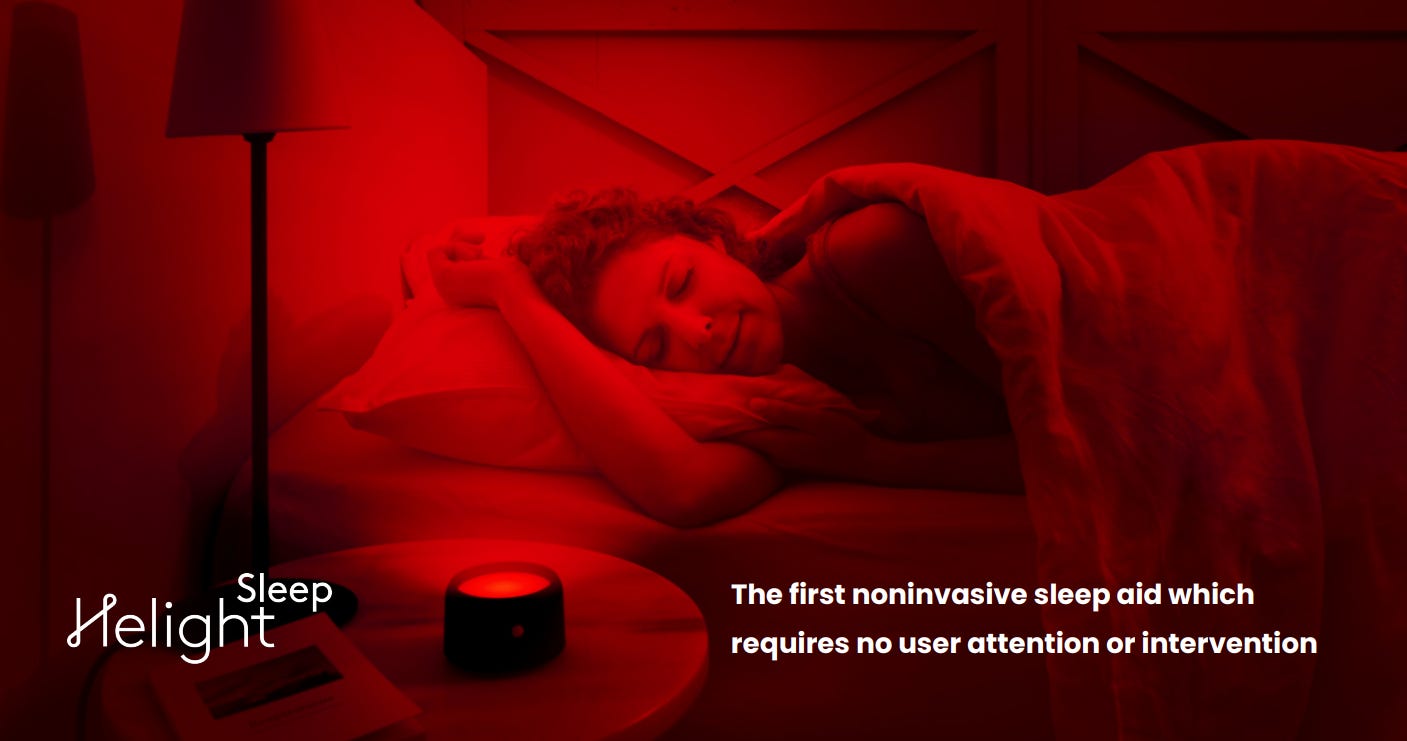
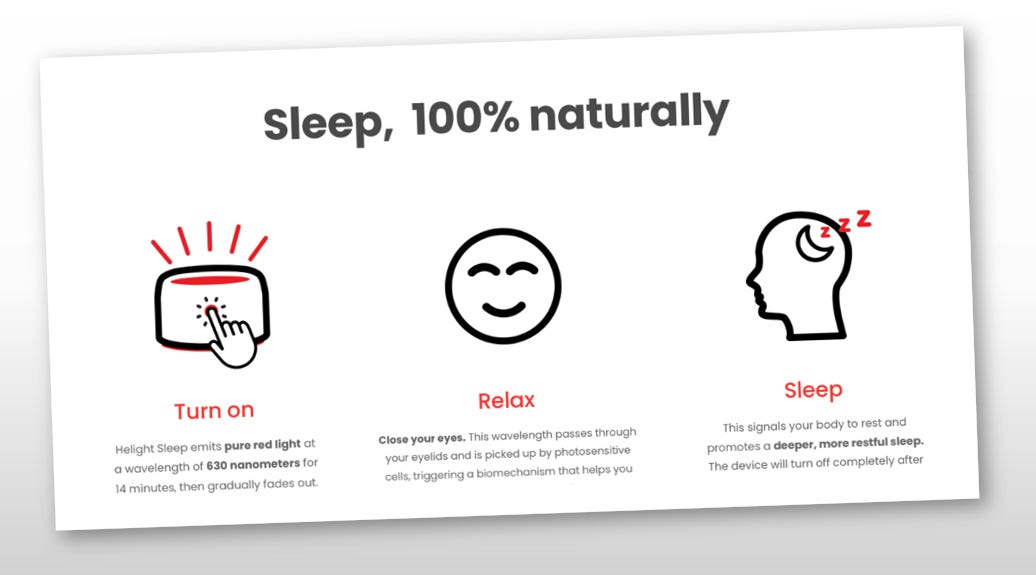
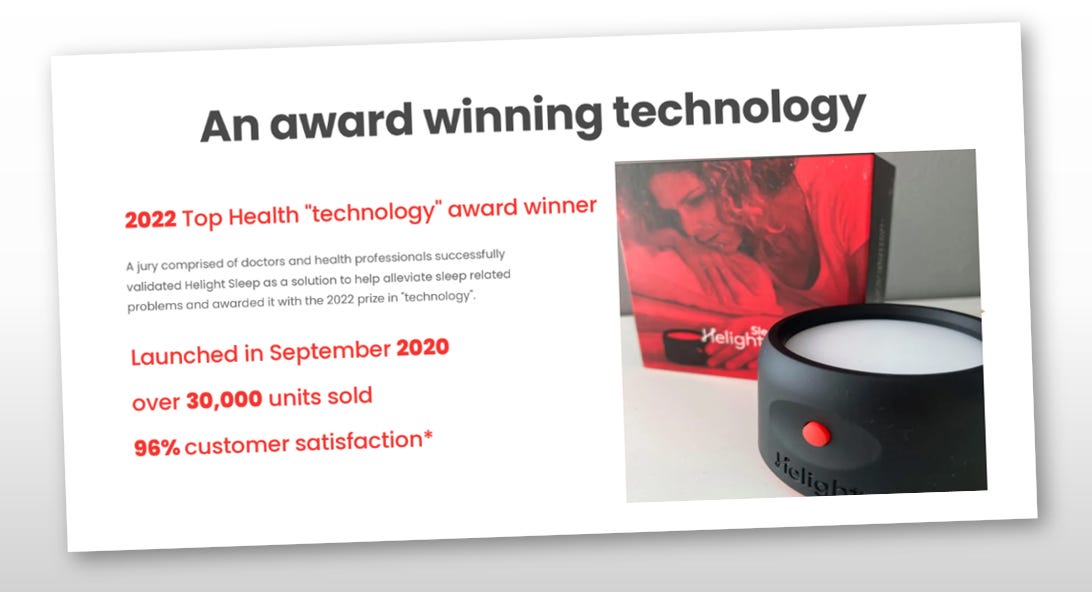
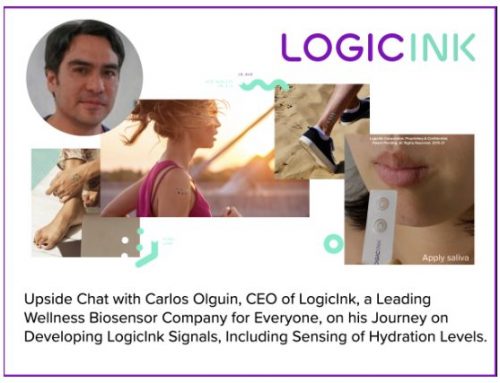
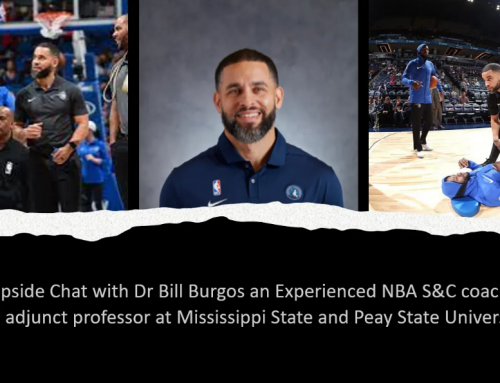
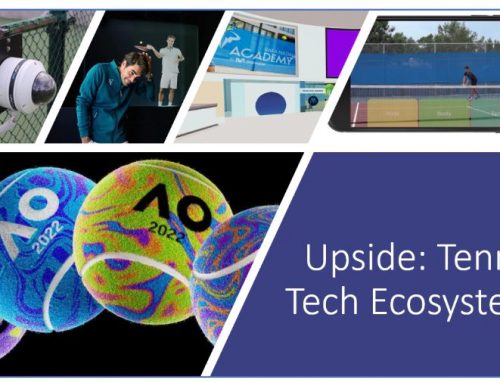
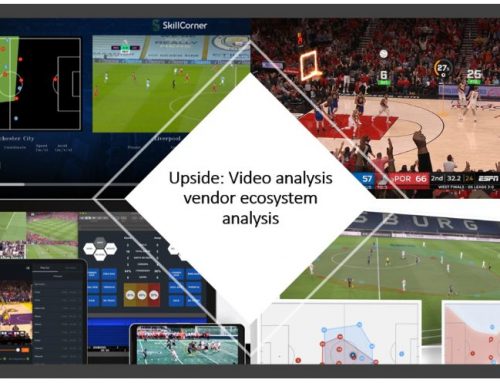
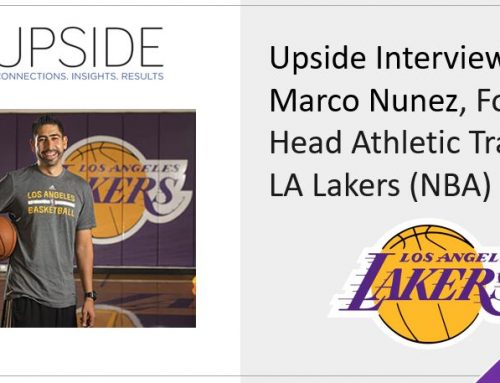
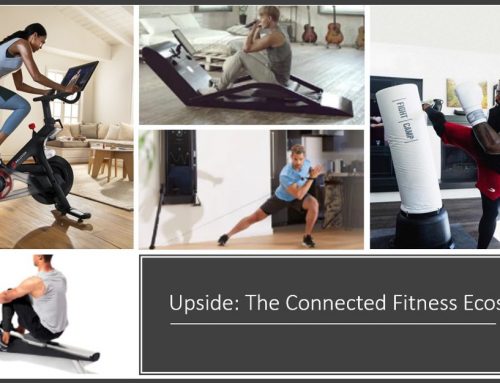
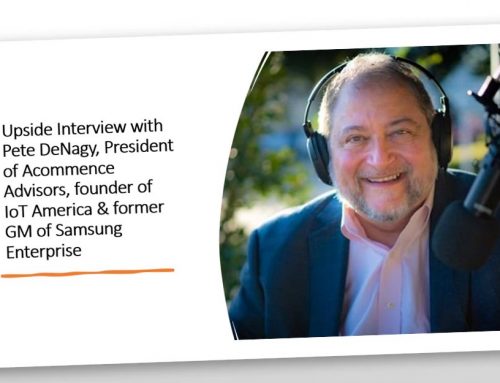
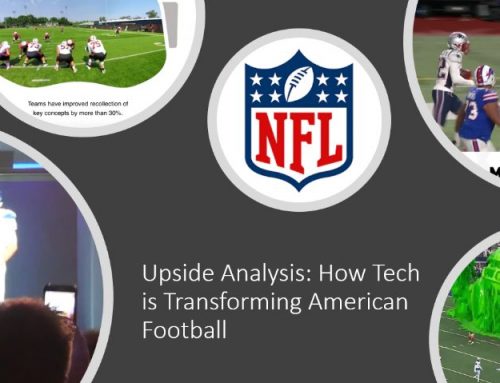

Leave A Comment
You must be logged in to post a comment.